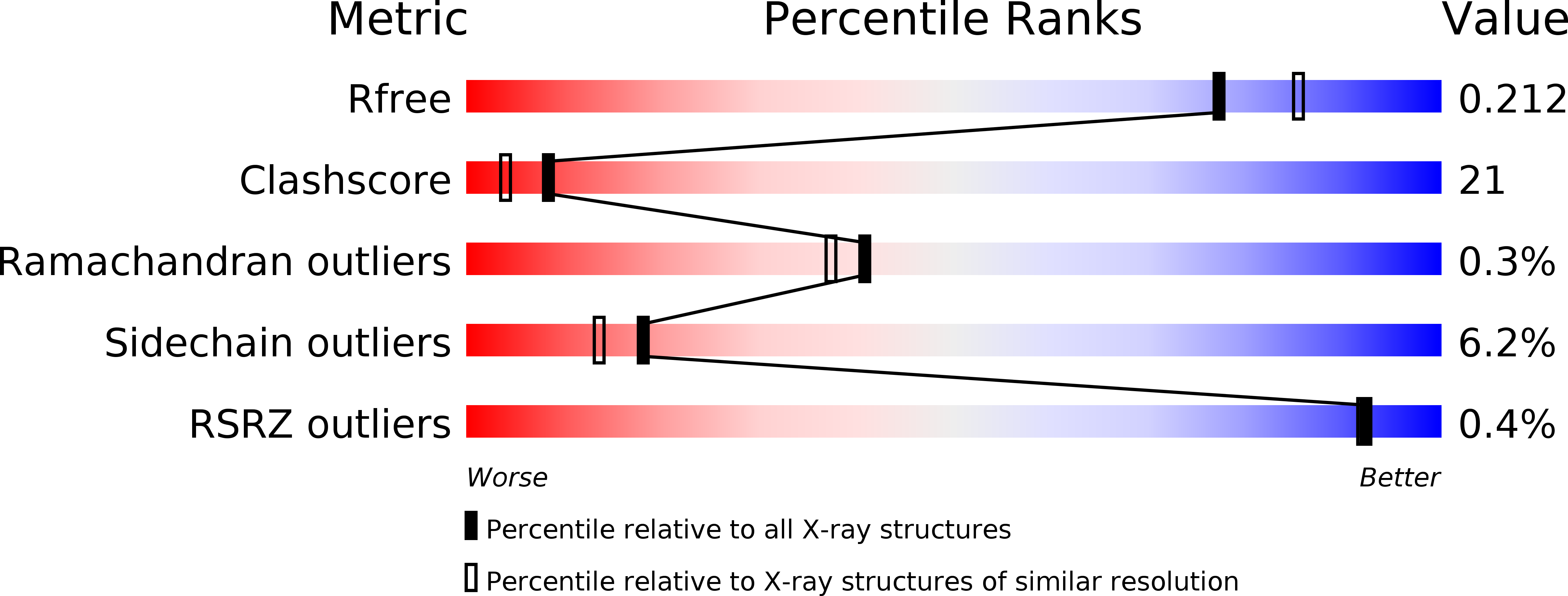
Deposition Date
2009-07-26
Release Date
2009-09-01
Last Version Date
2023-11-01
Entry Detail
PDB ID:
3IFV
Keywords:
Title:
Crystal structure of the Haloferax volcanii proliferating cell nuclear antigen
Biological Source:
Source Organism:
Haloferax volcanii (Taxon ID: 2246)
Host Organism:
Method Details:
Experimental Method:
Resolution:
2.00 Å
R-Value Free:
0.25
R-Value Work:
0.21
R-Value Observed:
0.21
Space Group:
C 1 2 1


